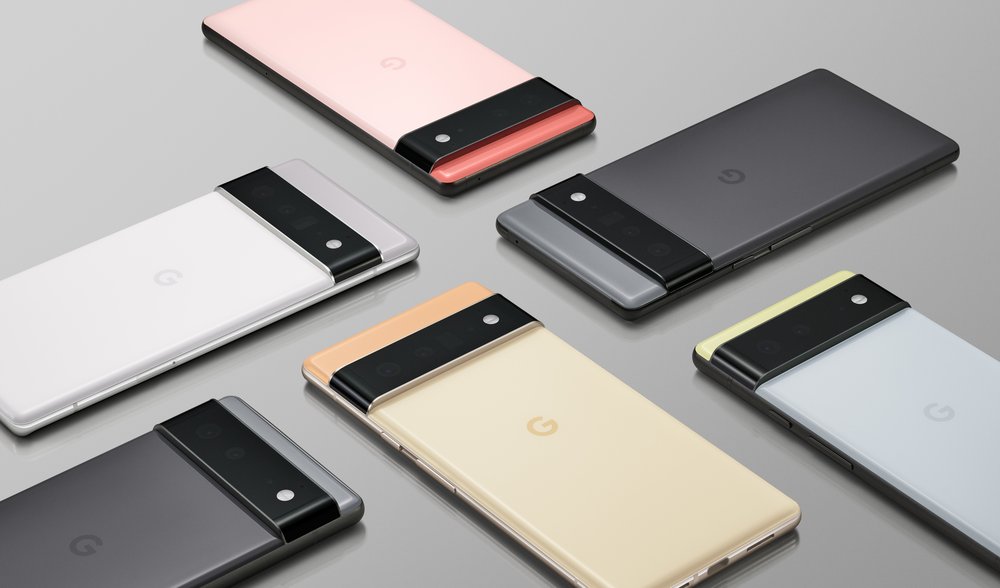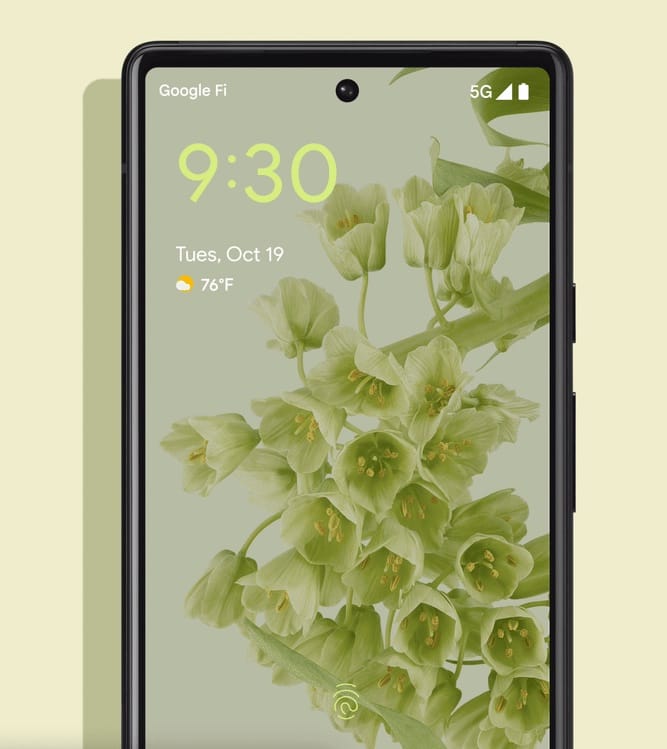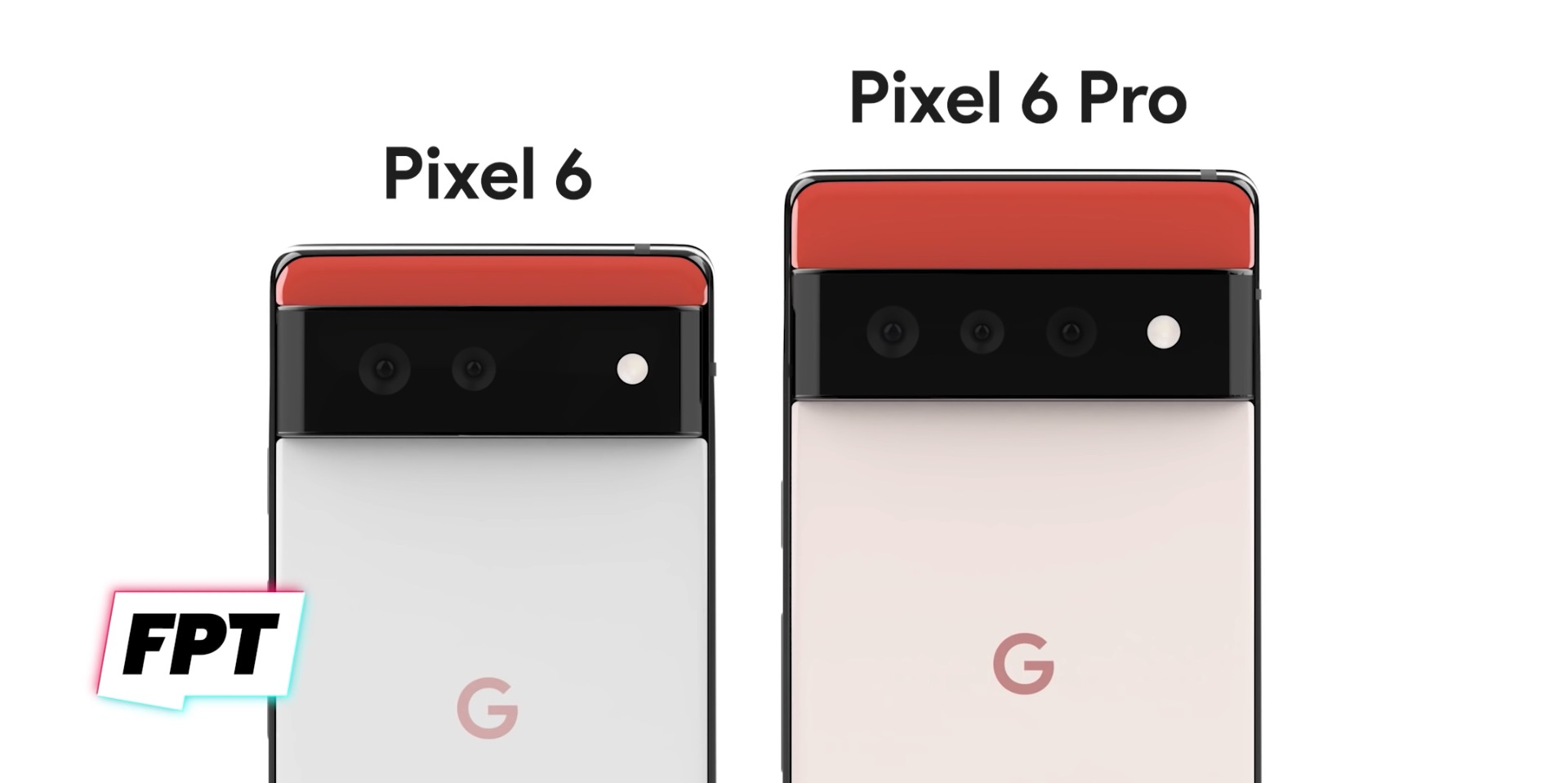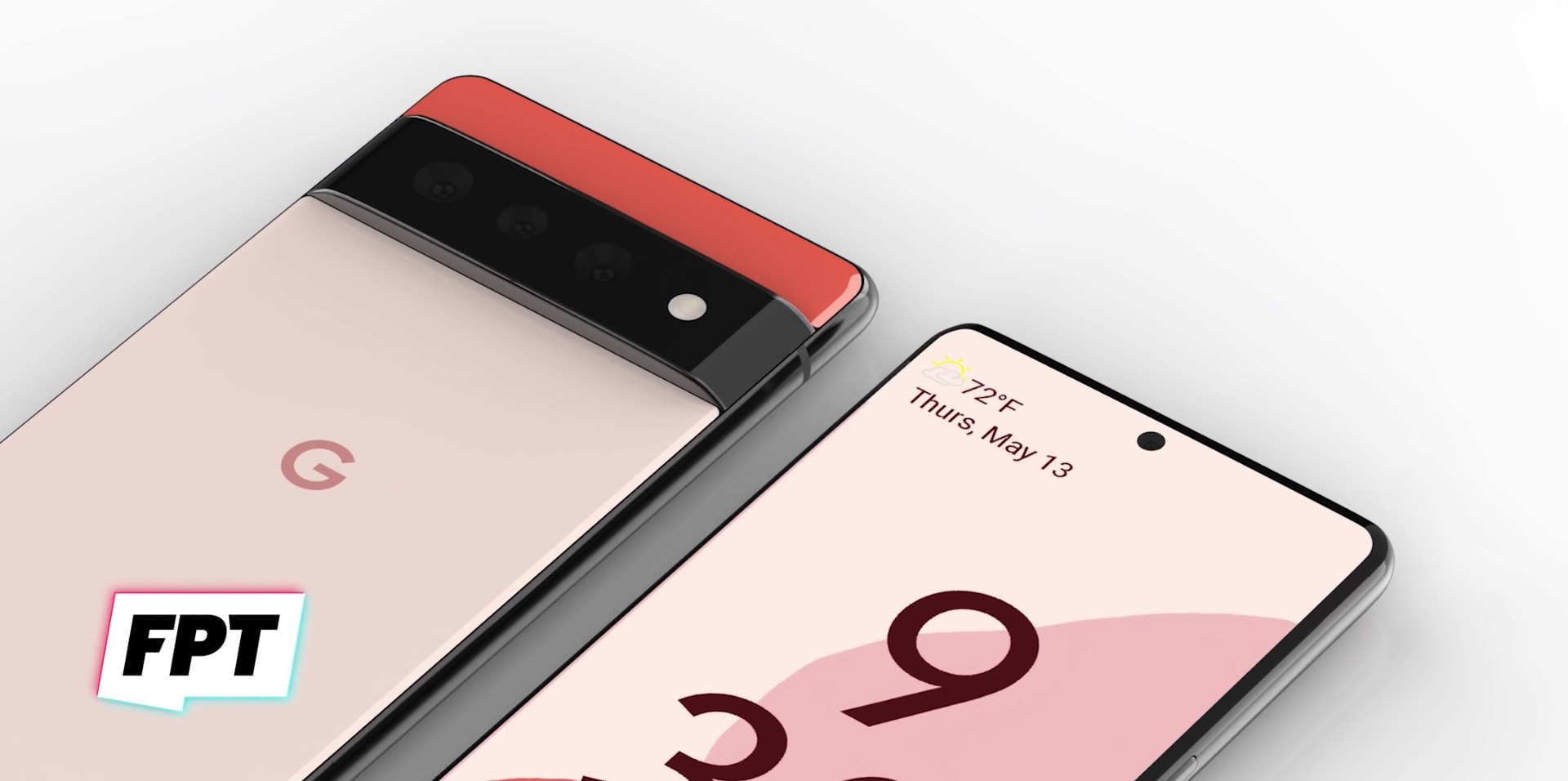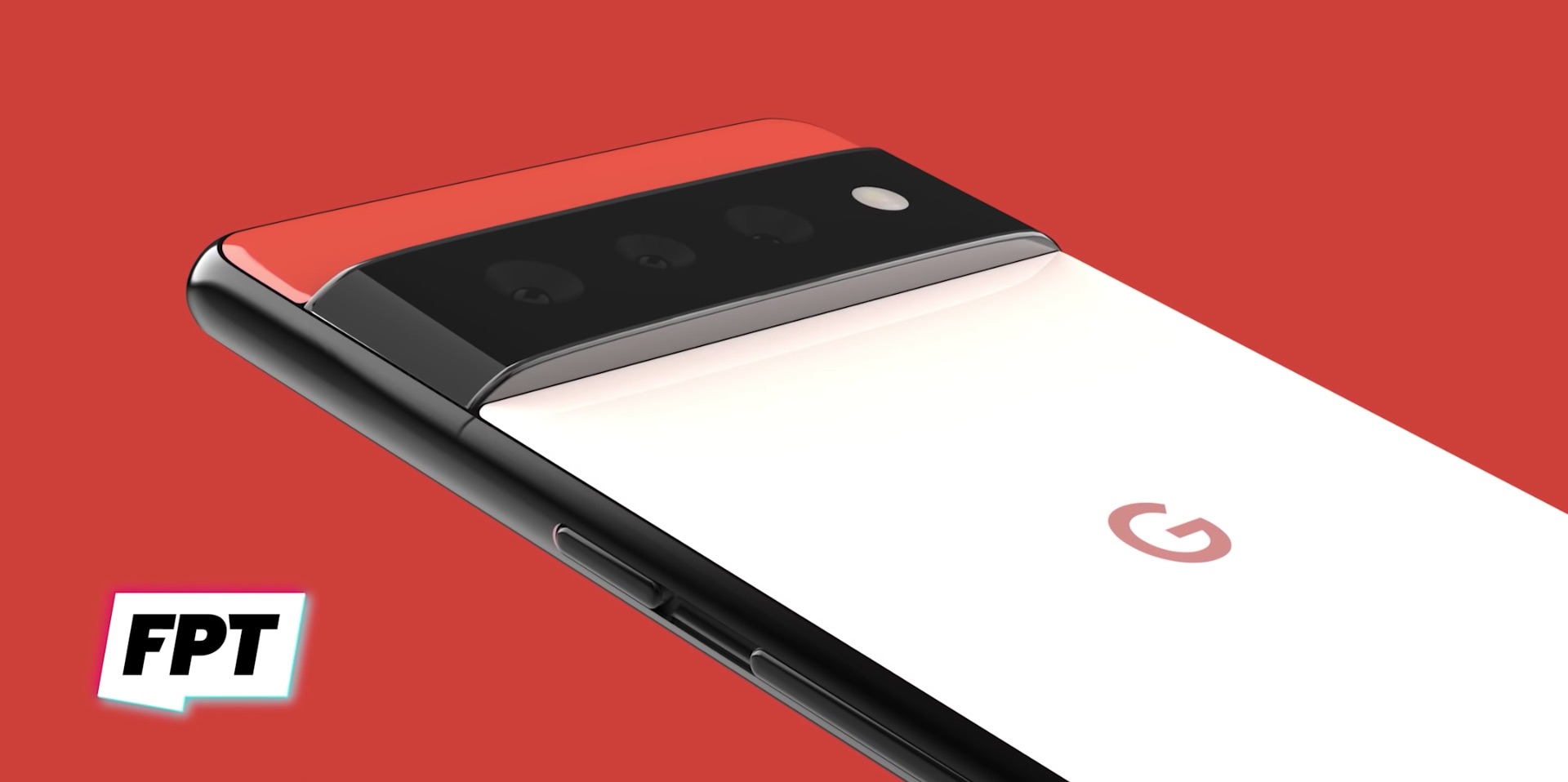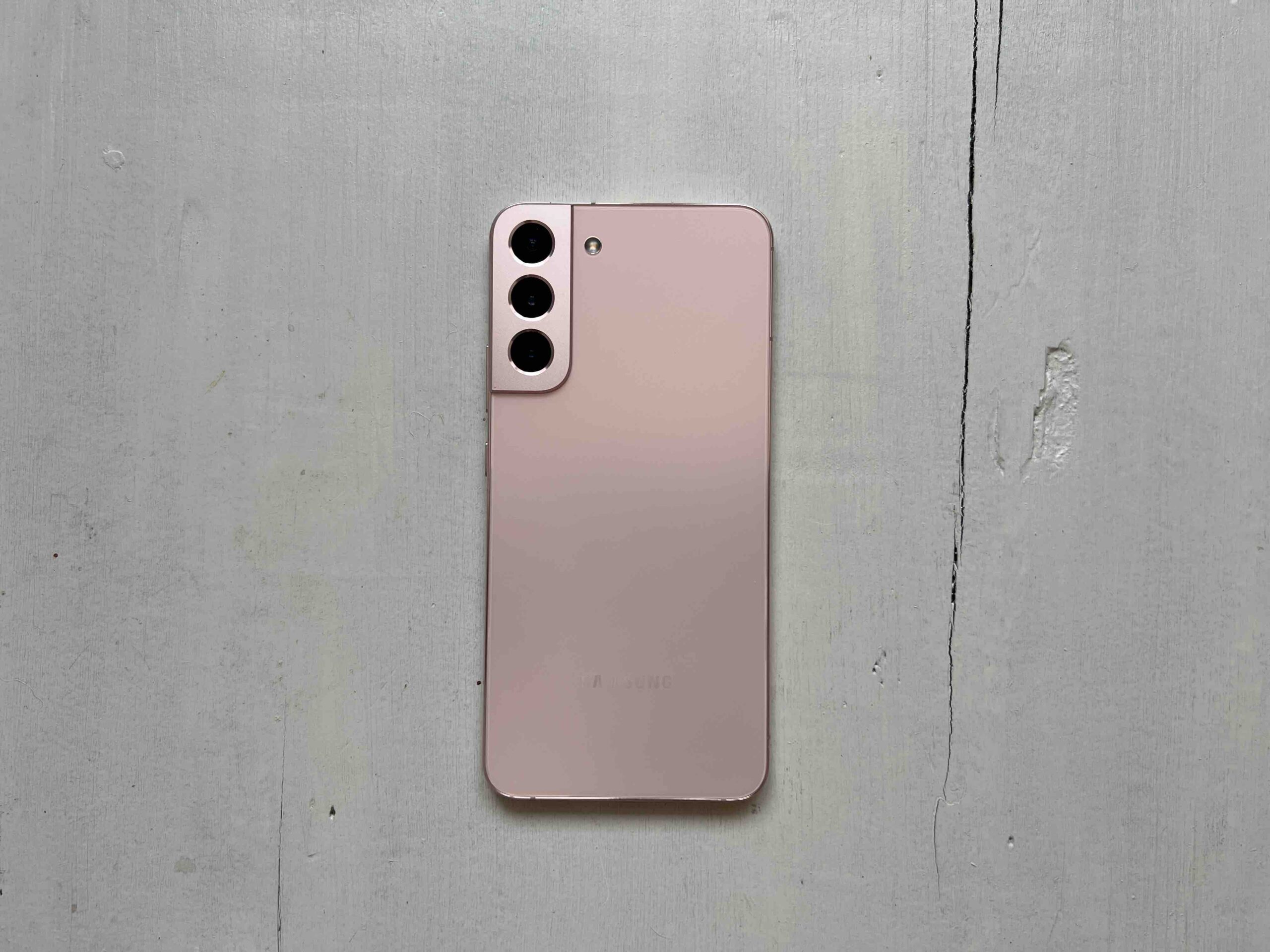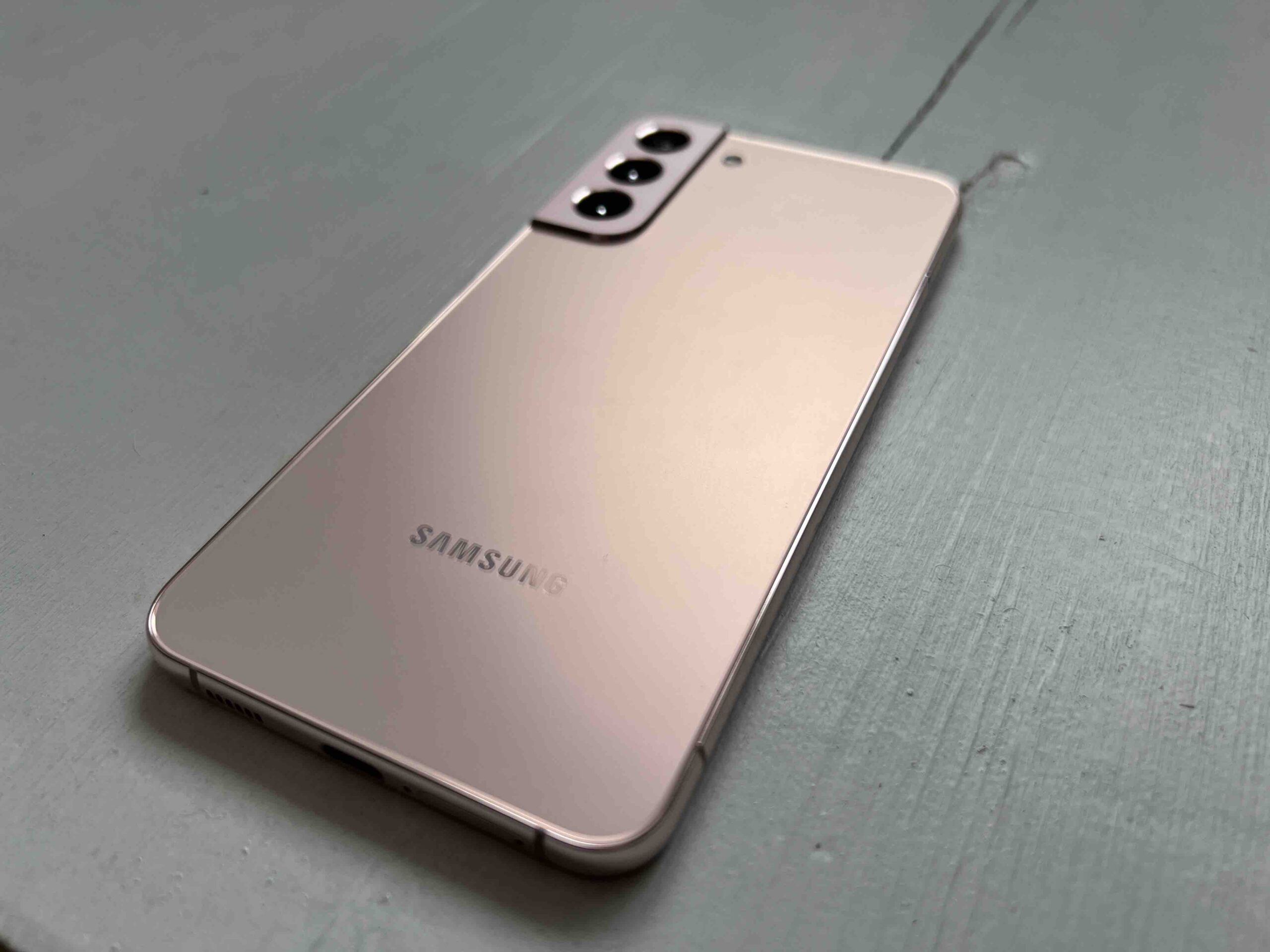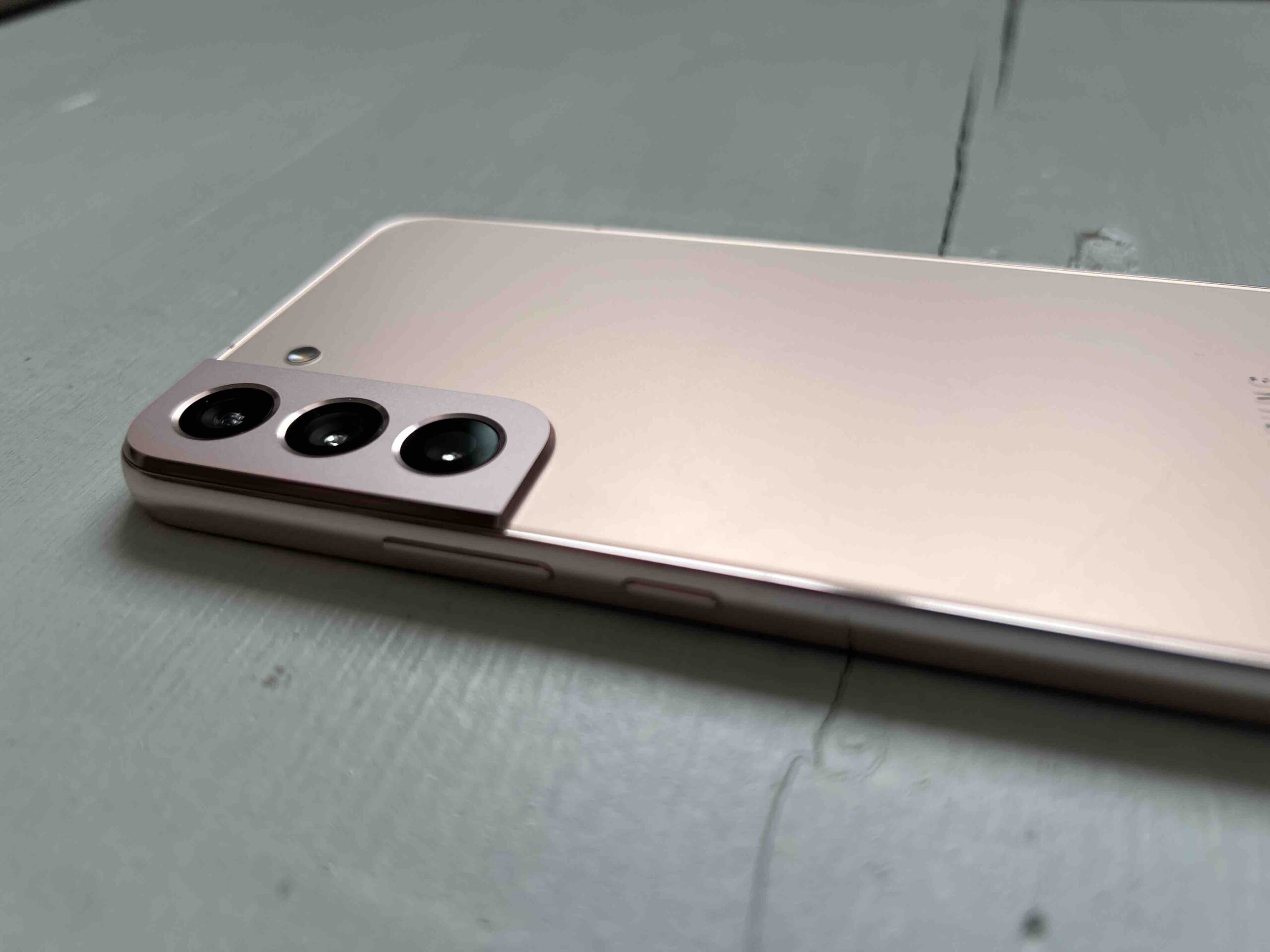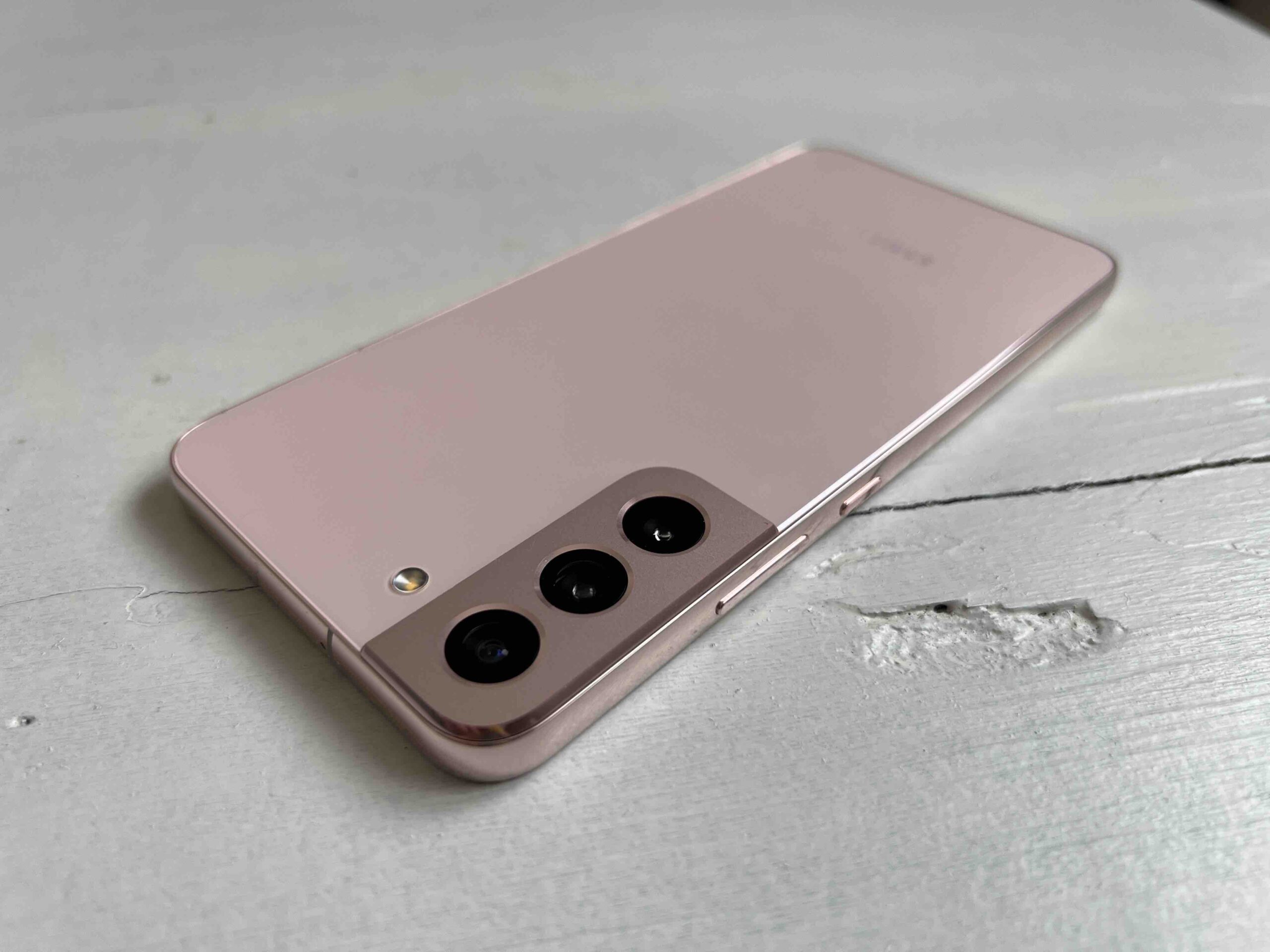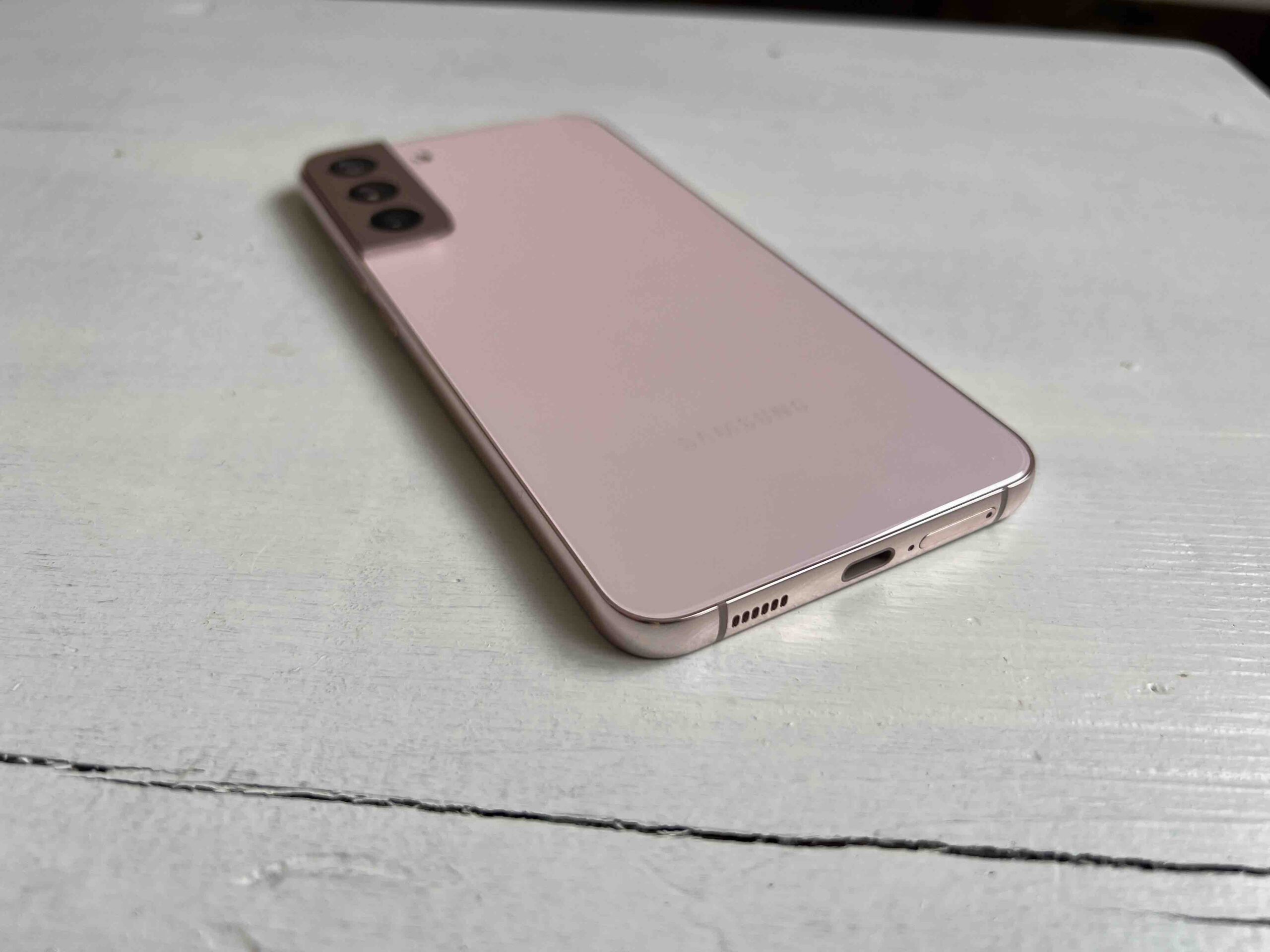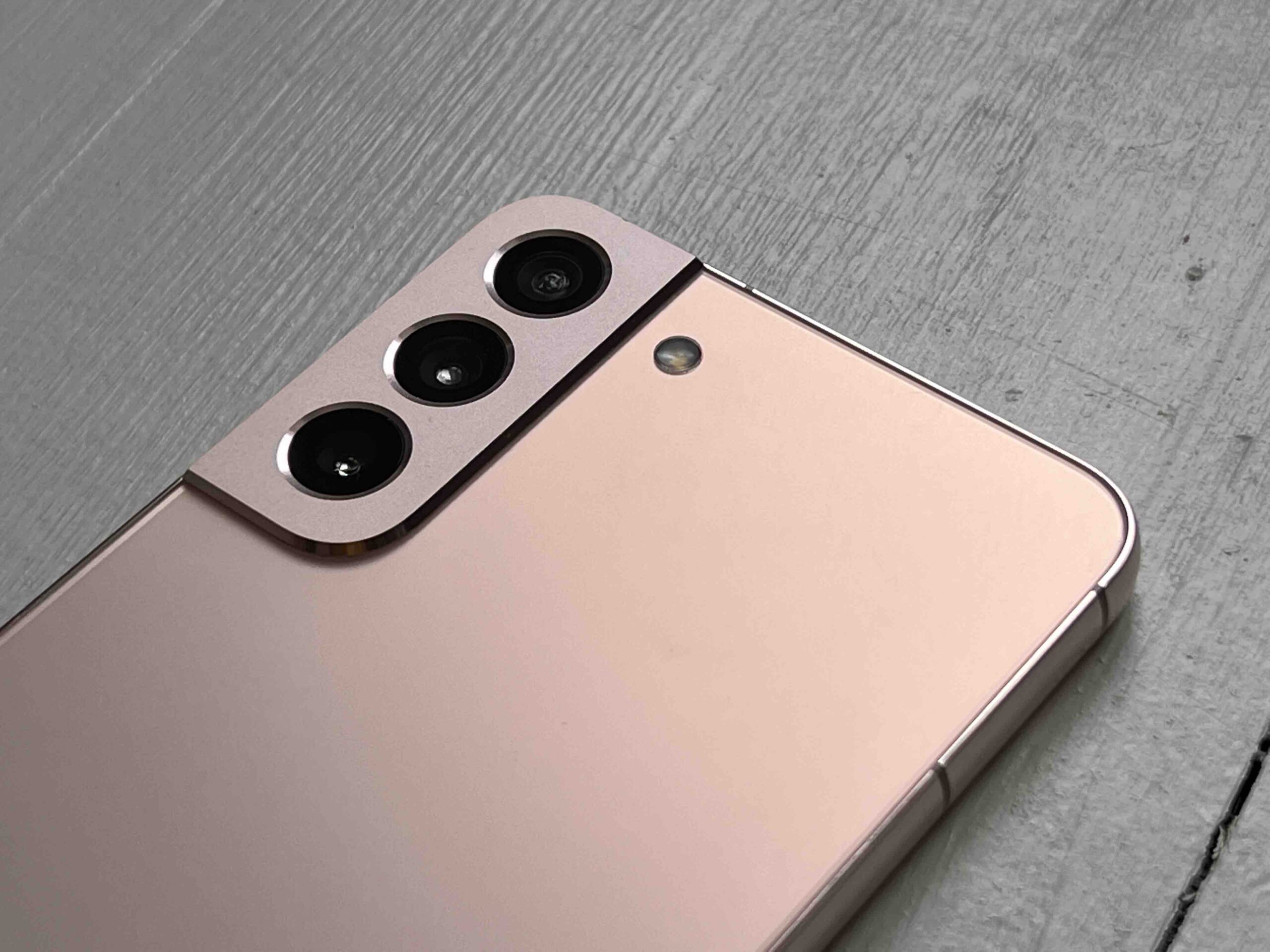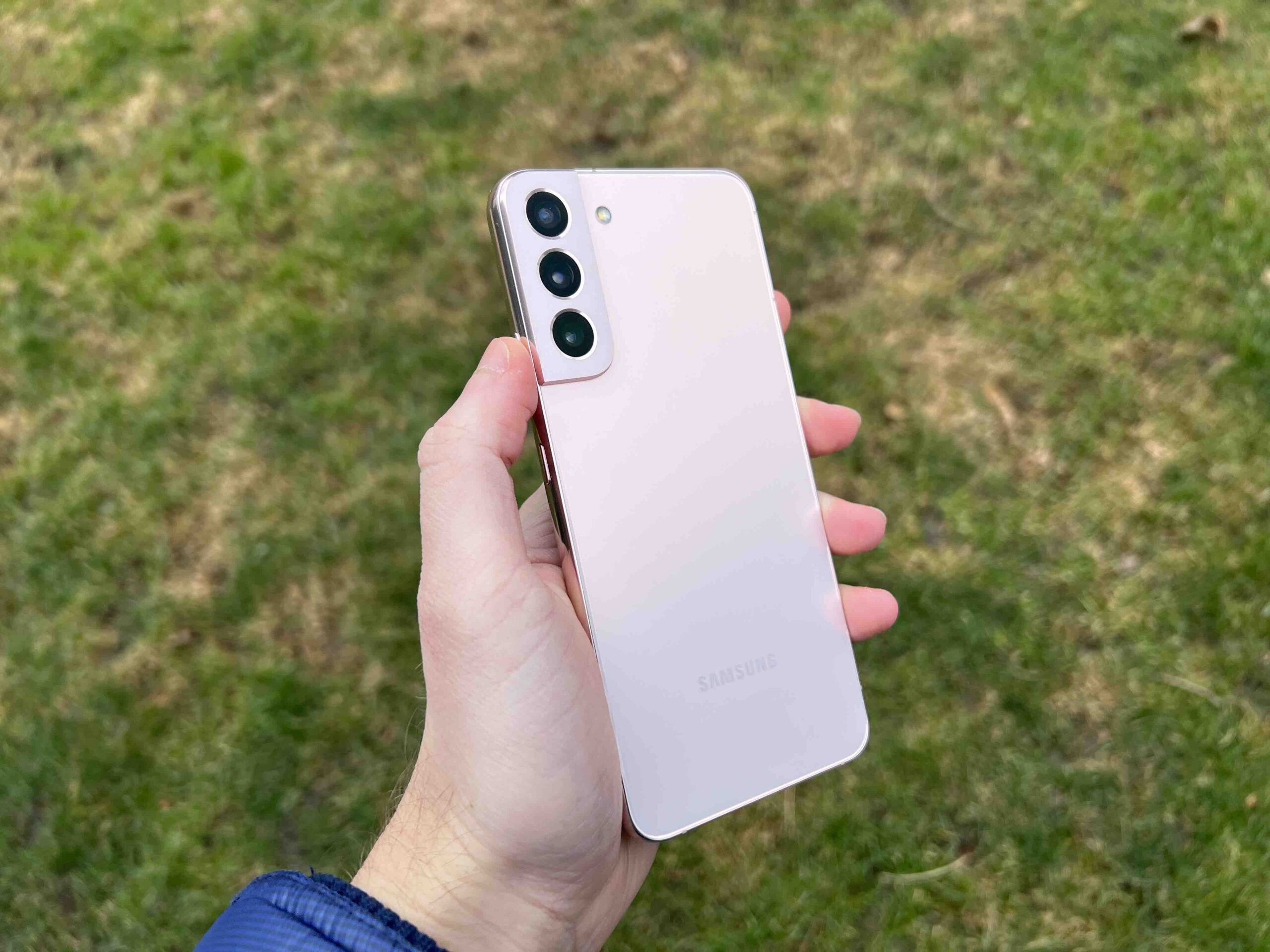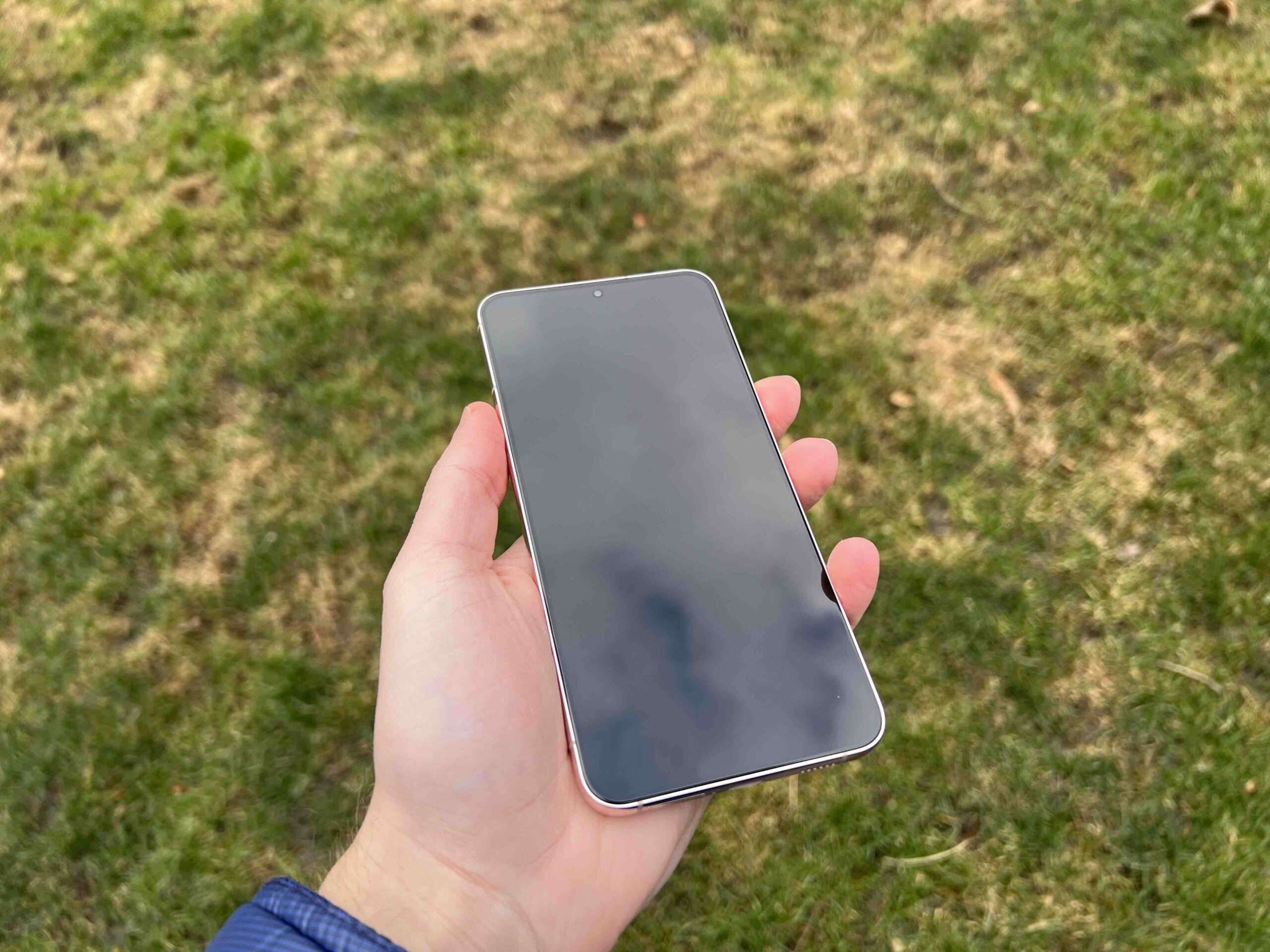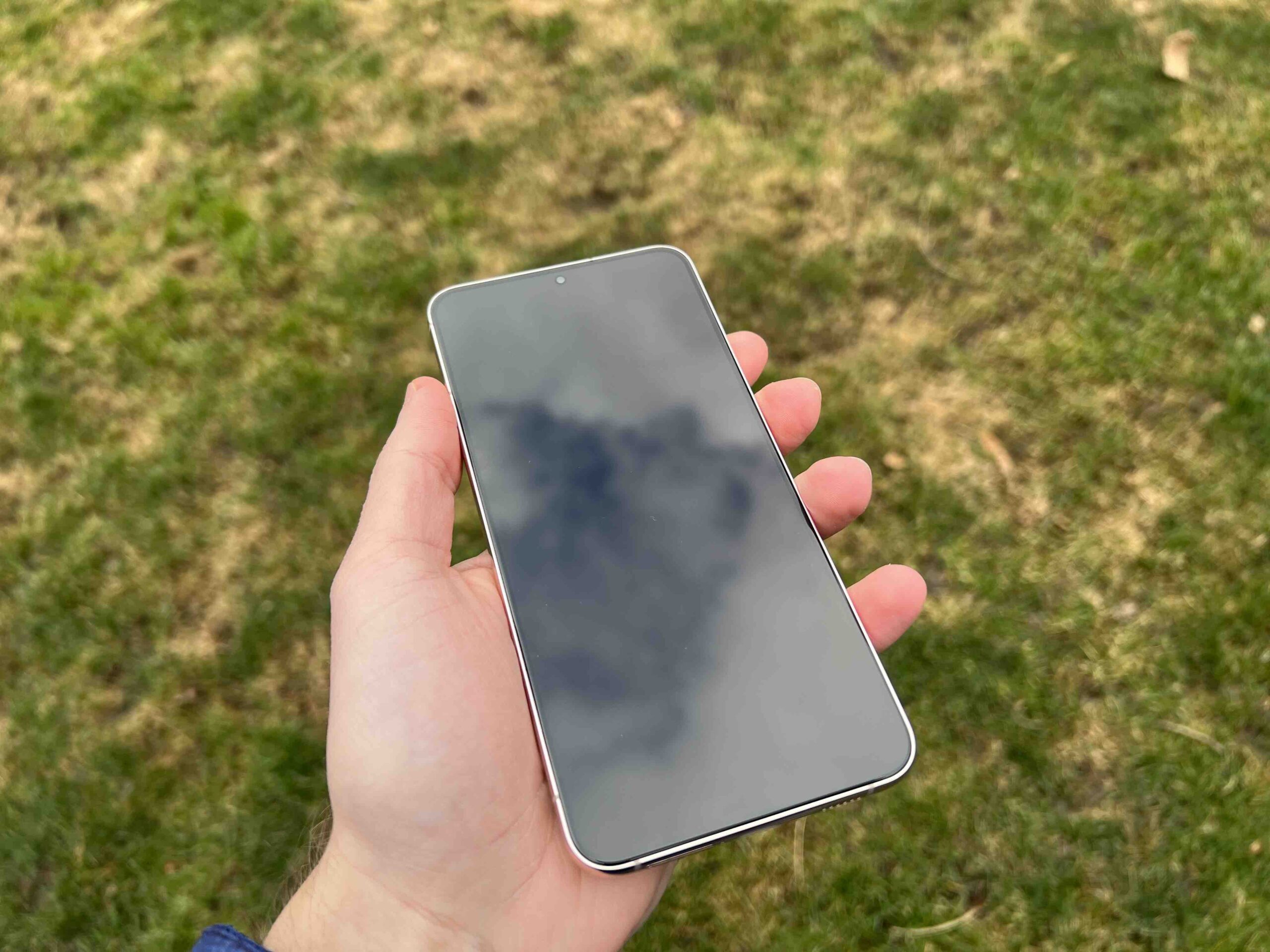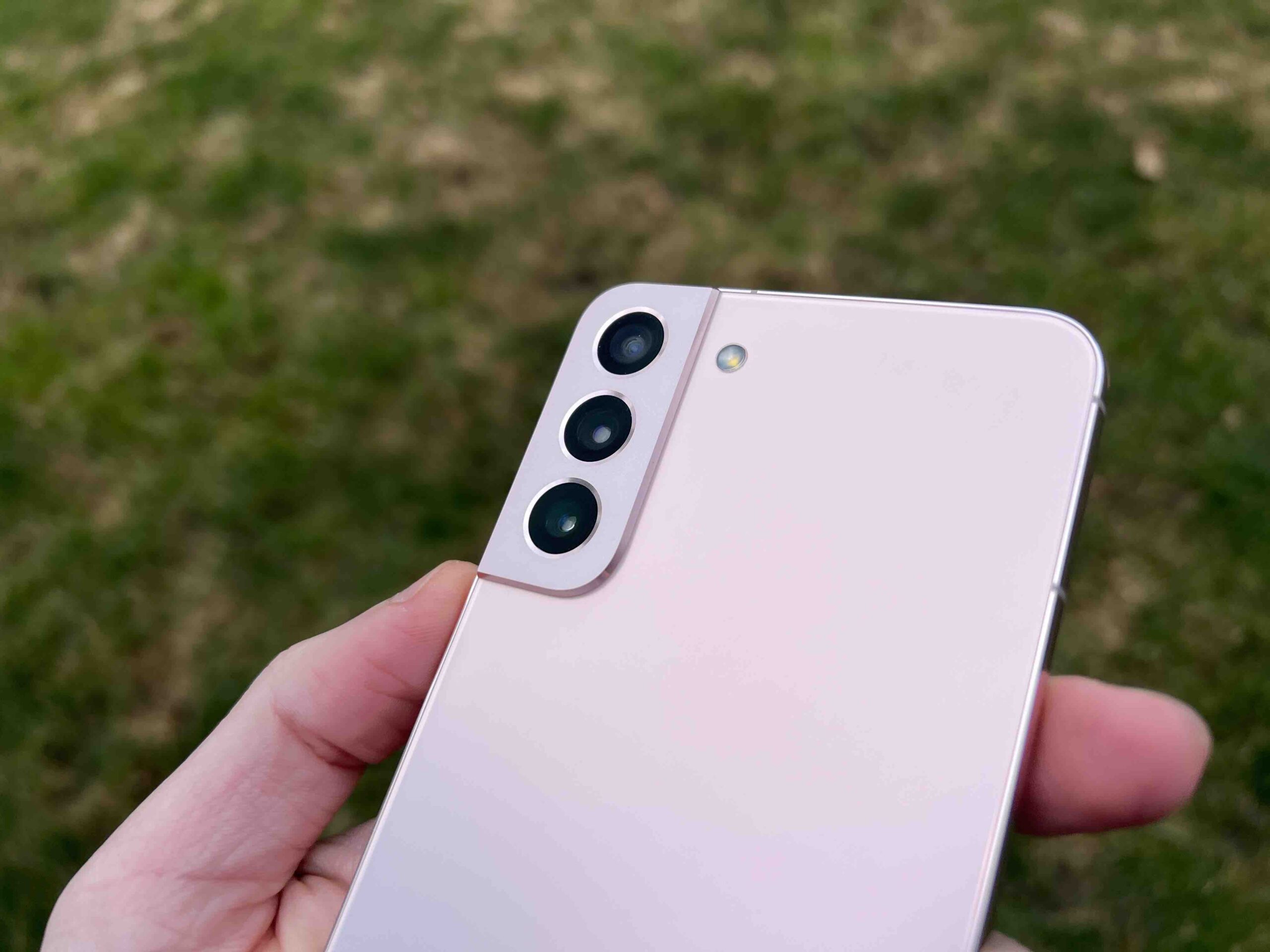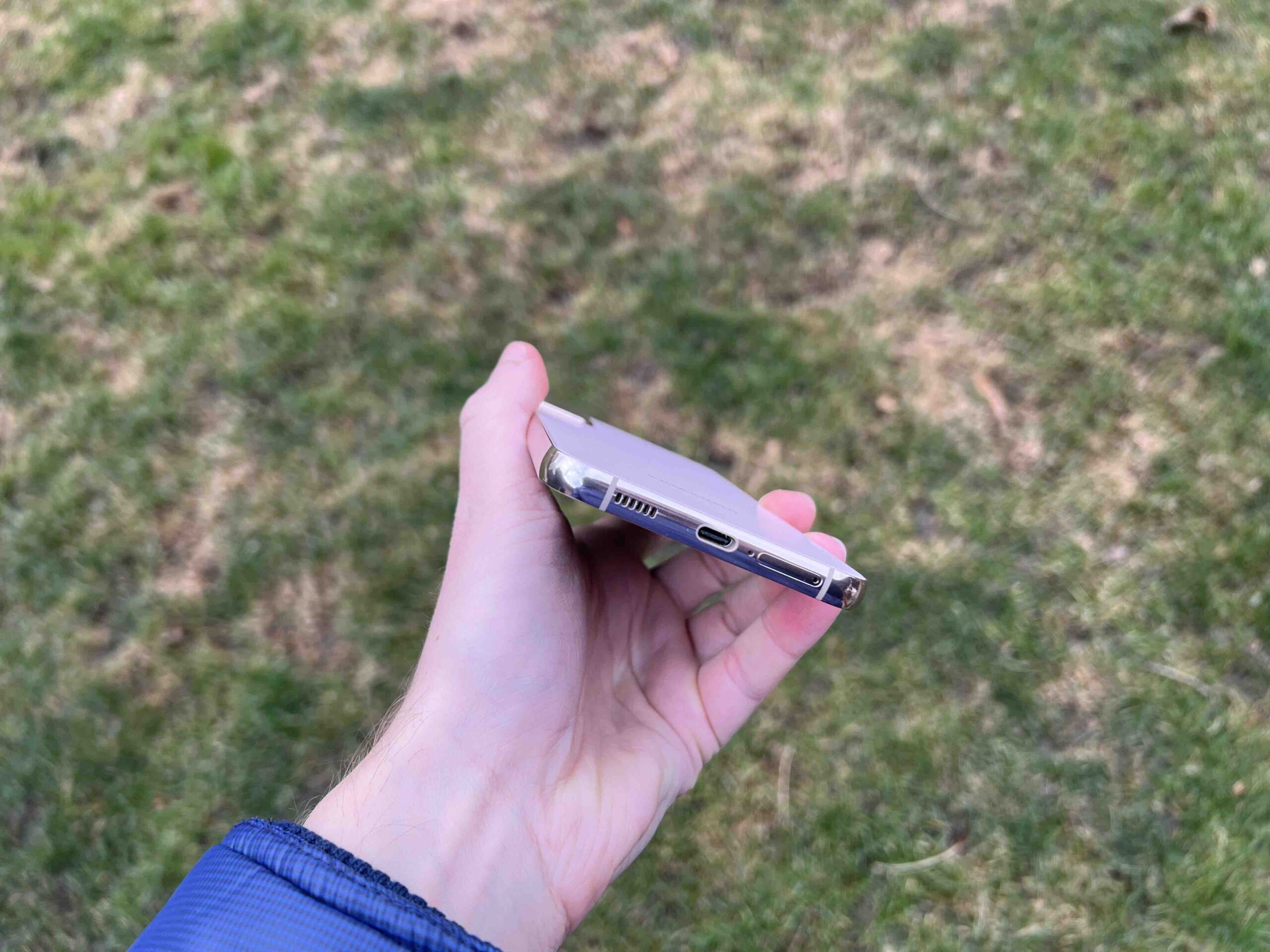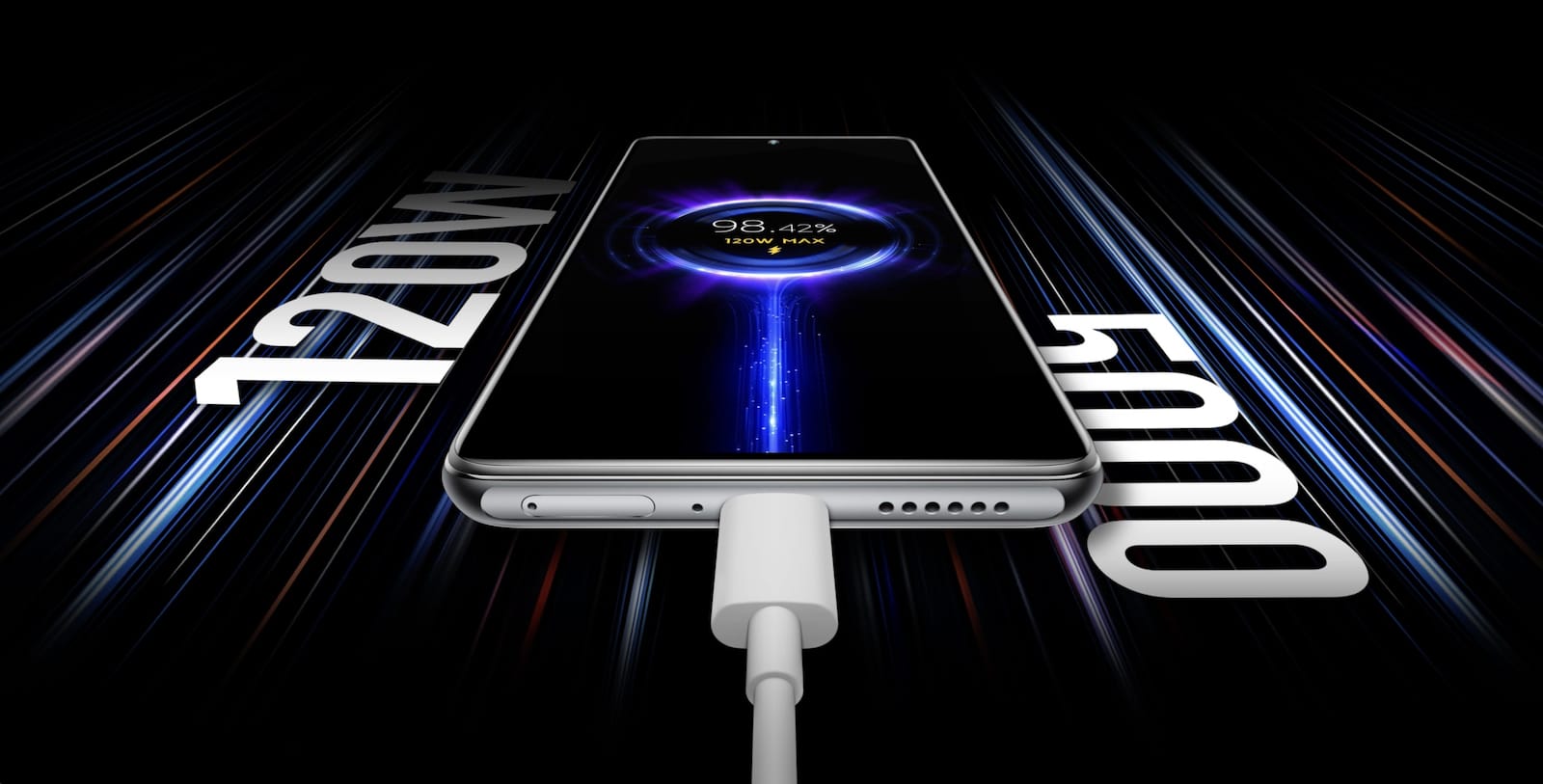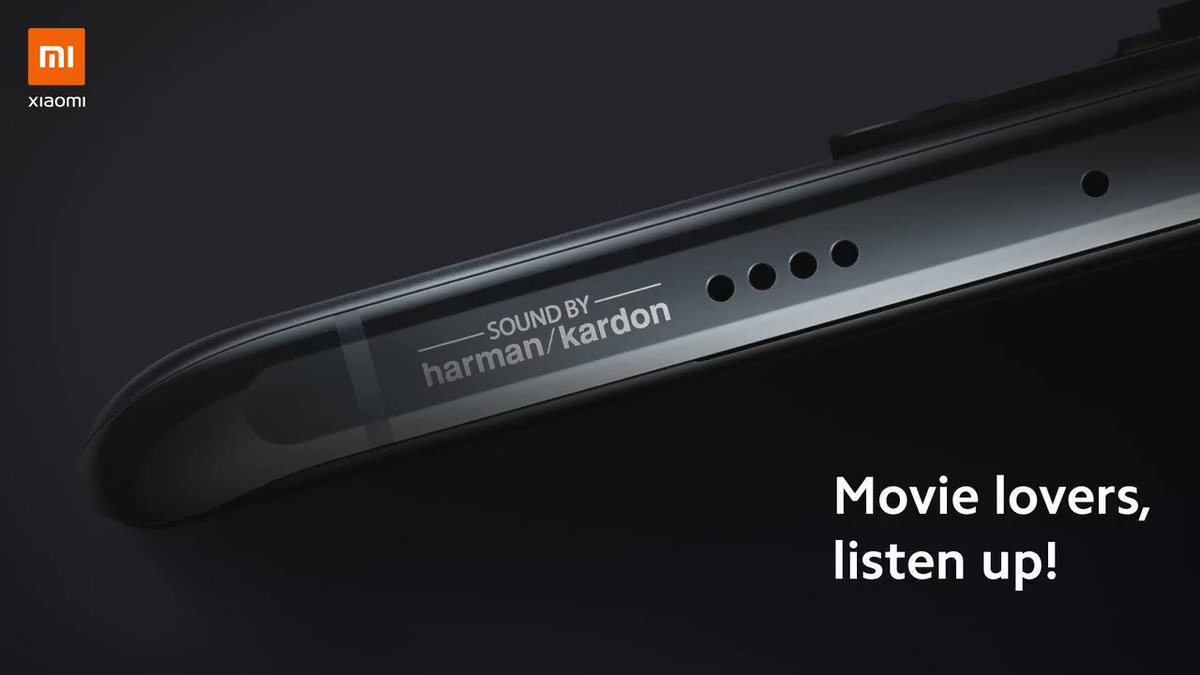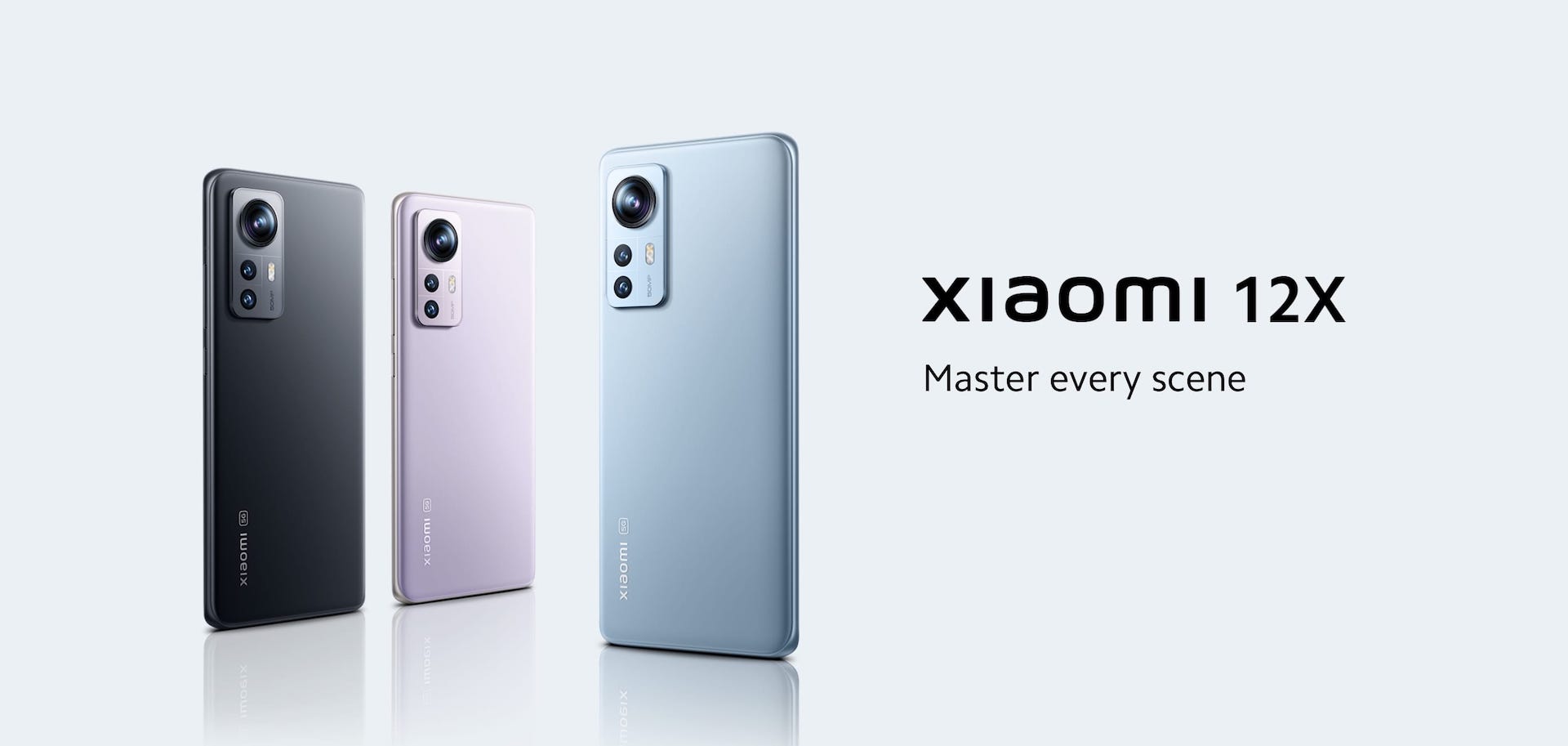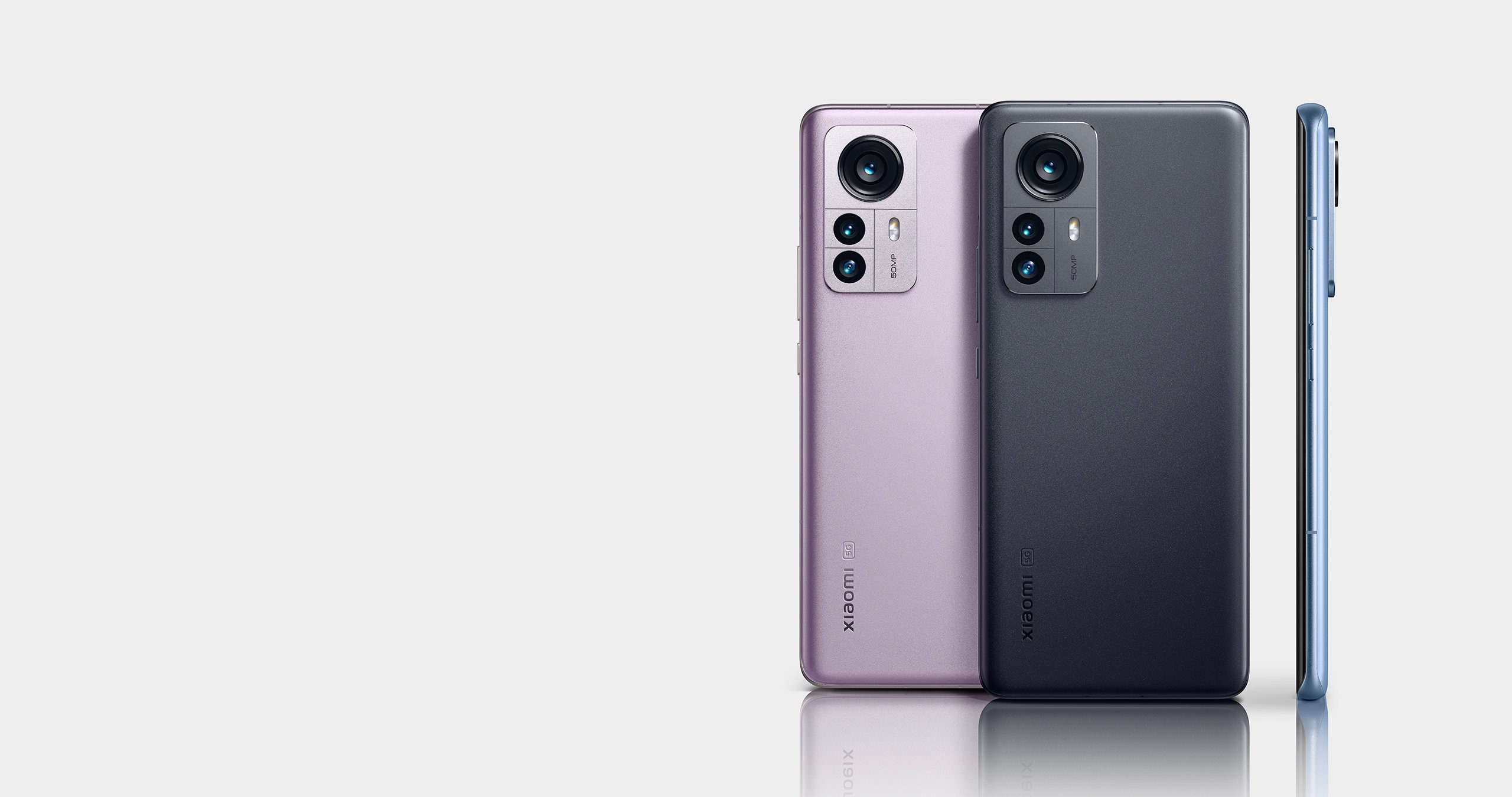Even though operating systems are tested by developers and the general public for months, their hot releases are almost always accompanied by various bugs. Sometimes these are just little things that you can live with, other times, of course, they are much more pressing problems. But if you think that iOS 16 is leaky as it is solved, other companies are definitely not avoiding mistakes either.
The more complex the system and the more functions it contains, the greater the potential for not everything to work as it should. Apple has the advantage that it sews everything itself - software and hardware, but even so it misses something here and there. With iOS 16, this is, for example, the impossibility of editing videos taken in filmmaker mode in the Final Cut or iMovie applications, the illogical use of the three-finger system gesture, or the keyboard getting stuck. Other manufacturers, with the exception of Google and its Pixels, have it more complicated. They have to update their Android add-ons to its current version.
It could be interest you
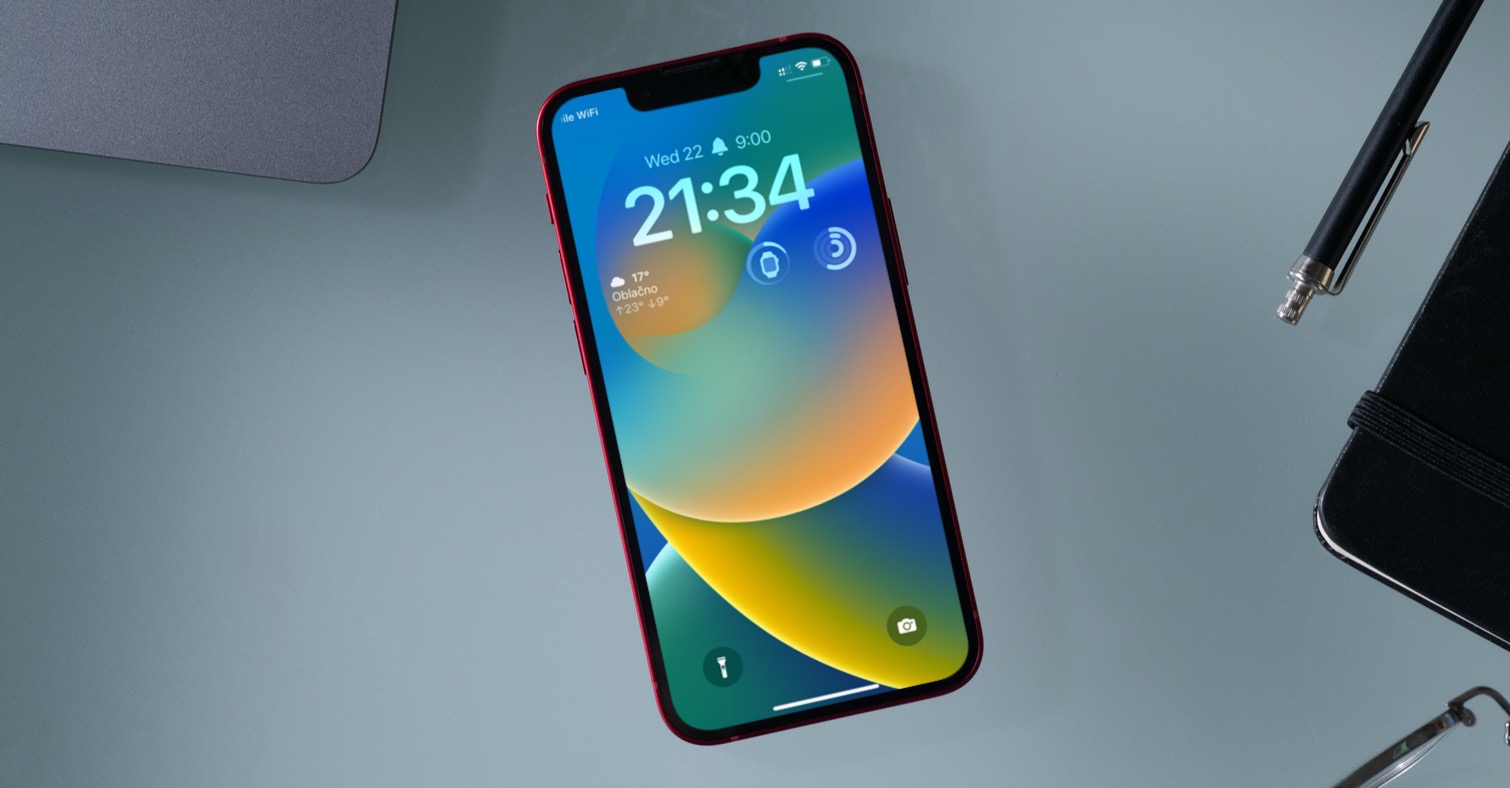
The Pixel 6 and 6 Pro suffered from a rather nasty bug that showed dead pixels on the display around the front-facing camera. Paradoxically, they made this element, which wants to be as small as possible, even bigger. It was fixed by a software patch for Android, which of course comes from Gool's own workshop. One of the most frequent complaints about this duo of phones was the non-functional fingerprint sensor.
Here, Google recommended a stronger finger press, and even though they released an update after that, the authorization is still not 100%. But according to Google, this is not a bug, as the recognition is said to be "slow" due to improved security algorithms. And one more gem – if you left the Pixel completely discharged, the fingerprint sensor became completely non-functional and only factory reset the phone kicked in. So let's be happy for iOS 16.
Samsung
In January, Samsung released the One UI 4.0 stable update for the Galaxy A52s 5G. However, this software was nowhere near as stable as expected and was literally riddled with many bugs and issues. These were, for example, reduced performance, stuttering and jerky animations, degraded camera performance, incorrect behavior of automatic brightness, problems with the proximity sensor during calls, or unusually high battery drain. A bit much for one update and one phone model, don't you think?
Version One UI 4.1 then also brought other phones on which it is supported, such as fast battery drain, falling and freezing of the whole phone, or problems with the fingerprint scan (fortunately, not as bad as it was with Google). But Samsung's advantage is that it has a clear update schedule that it provides to its customers every month. It doesn't do it in bursts like Apple, but regularly, when it brings not only system fixes, but also its security, every month.
It could be interest you
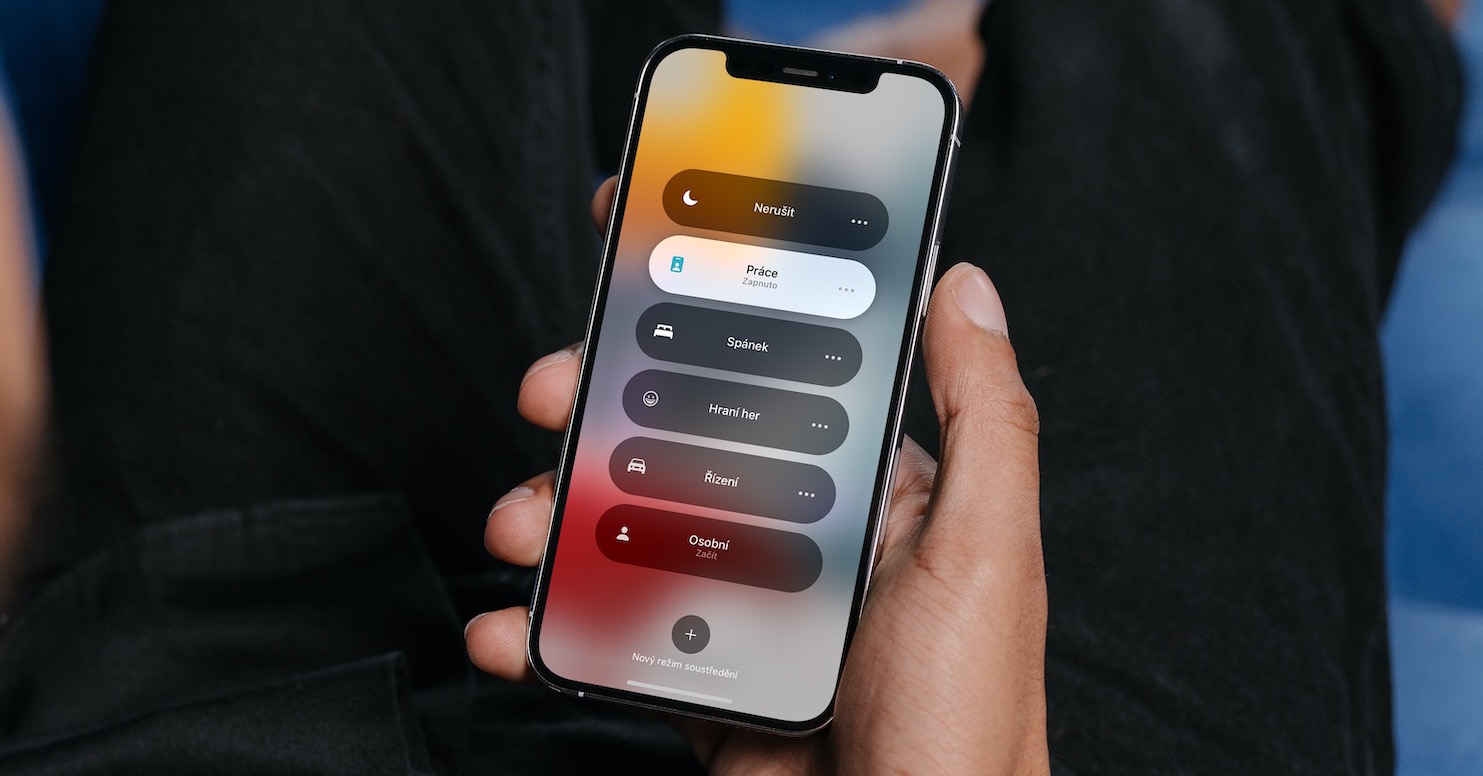
Xiaomi, Redmi and Poco
Common problems faced by users of Xiaomi, Redmi and Poco phones and their MIUI include GPS issues, overheating, low battery life, unbalanced performance, network connection issues and others such as not being able to launch the Instagram app , inability to open photos, broken connection to Google Play, or inability to set dark mode for individual applications.
Whether it's fast draining, jerky animations and system freezes, broken Wi-Fi or Bluetooth, it's mostly common to any phone of any brand from any manufacturer. With Apple's iOS, however, we mostly encounter only minor errors that do not significantly limit either the phone or the user.
